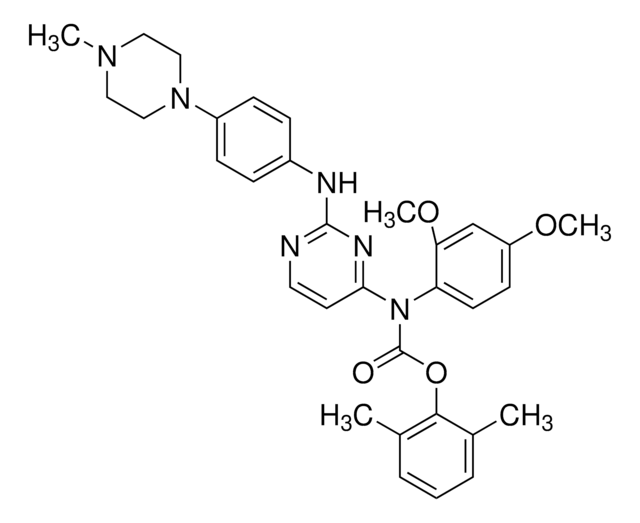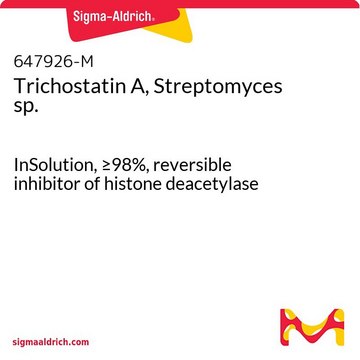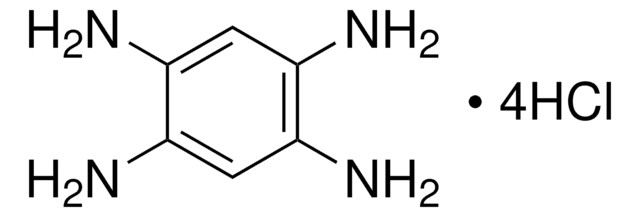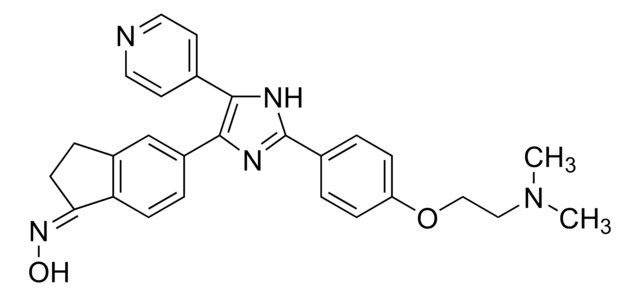SML0084
IM-12
≥98% (HPLC)
Sinônimo(s):
3-(4-Fluorophenylethylamino)-1-methyl-4-(2-methyl-1H-indol-3-yl)-1H-pyrrole-2,5-dione
About This Item
Produtos recomendados
Nível de qualidade
Ensaio
≥98% (HPLC)
forma
powder
condição de armazenamento
desiccated
cor
yellow-orange
solubilidade
DMSO: ≥9 mg/mL
temperatura de armazenamento
2-8°C
cadeia de caracteres SMILES
CN1C(=O)C(NCCc2ccc(F)cc2)=C(C1=O)c3c(C)[nH]c4ccccc34
InChI
1S/C22H20FN3O2/c1-13-18(16-5-3-4-6-17(16)25-13)19-20(22(28)26(2)21(19)27)24-12-11-14-7-9-15(23)10-8-14/h3-10,24-25H,11-12H2,1-2H3
chave InChI
ZKJAZFUFPPSFCO-UHFFFAOYSA-N
Ações bioquímicas/fisiológicas
Código de classe de armazenamento
11 - Combustible Solids
Classe de risco de água (WGK)
WGK 3
Ponto de fulgor (°F)
Not applicable
Ponto de fulgor (°C)
Not applicable
Certificados de análise (COA)
Busque Certificados de análise (COA) digitando o Número do Lote do produto. Os números de lote e remessa podem ser encontrados no rótulo de um produto após a palavra “Lot” ou “Batch”.
Já possui este produto?
Encontre a documentação dos produtos que você adquiriu recentemente na biblioteca de documentos.
Artigos
Naive pluripotent stem cells are located within the epiblast of mature blastocysts. These primitive “ground-state” cells may be cultured in vitro using specialized media and small molecule inhibitors.
Nossa equipe de cientistas tem experiência em todas as áreas de pesquisa, incluindo Life Sciences, ciência de materiais, síntese química, cromatografia, química analítica e muitas outras.
Entre em contato com a assistência técnica








